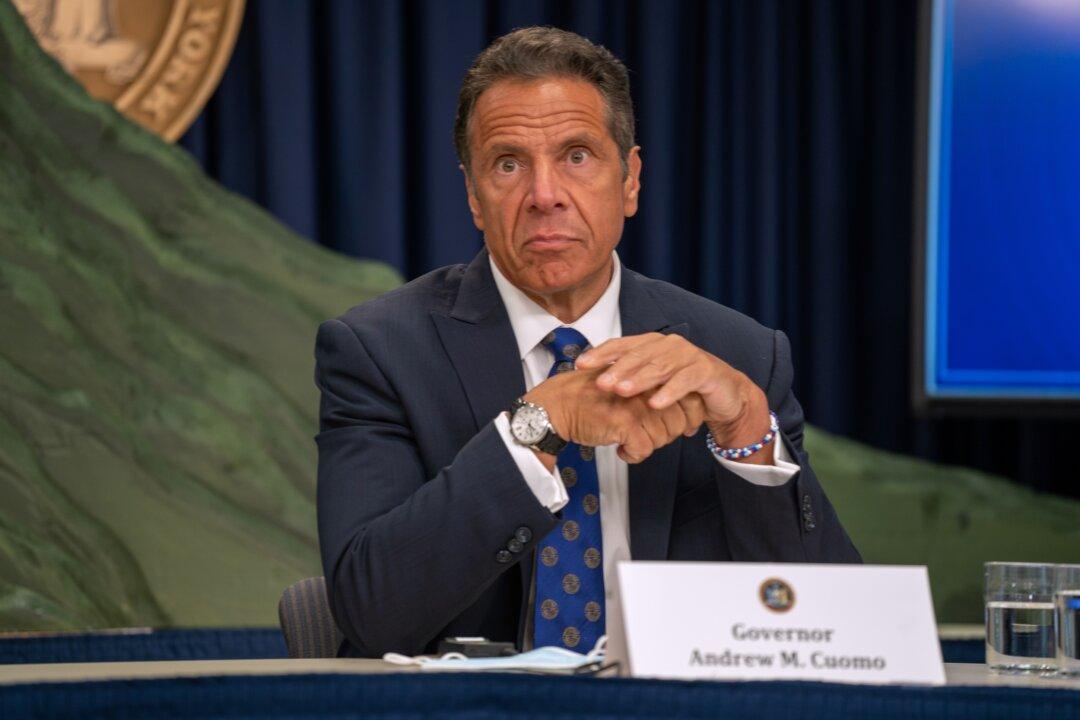A widely maligned policy that forced nursing home operators in New York state to accept residents who had tested positive for COVID-19 wasn’t to blame for thousands of deaths from the new disease, a state report claims.
The New York State Department of Health report blamed staff members who tested positive for COVID-19, along with visitors, for infecting the residents at the facilities.





